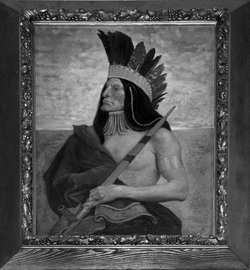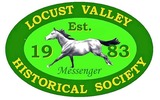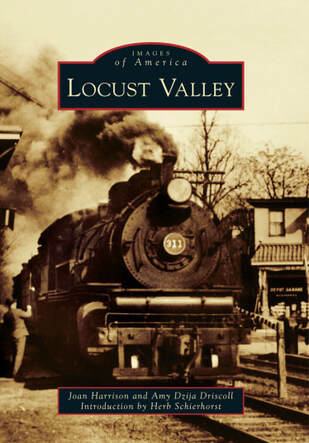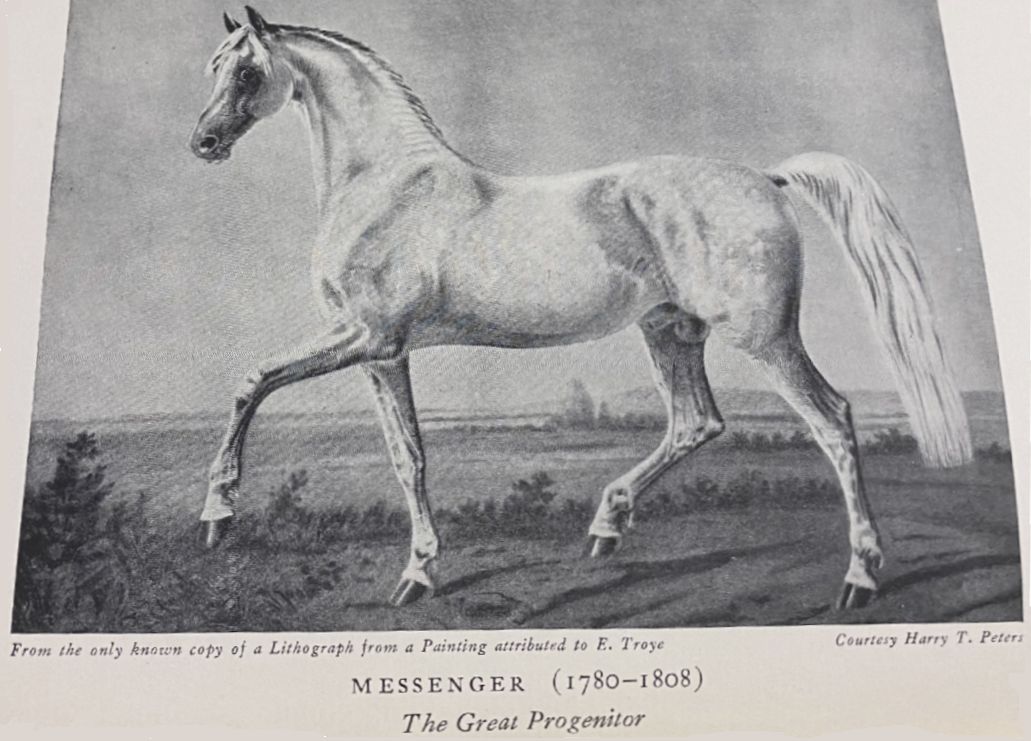JUNE 6th 1944 - JUNE 6th 2024
A Brief History of Locust Valley

It's a peaceful setting of elegant homes, rolling hills, two-lane roads and woods filled with the trees that give Locust Valley - right in the heart of Long Island's Gold Coast - its distinctive name.
Strictly speaking, "Locust Valley" on the map is a quaint unincorporated hamlet of Oyster Bay Town. It is just one square mile in size with shops and boutiques, a library, firehouse and a Long Island Railroad Station. But the hamlet was once part of a much larger region in what is now northern Nassau County, settled by farmers around 1667 and dubbed Matinecock after the Native American group that inhabited the north shore of Long Island..
Today, when most residents speak of the "Locust Valley" area, they include the surrounding incorporated villages of Lattingtown, Matinecock, and Mill Neck. This area encompasses historic landmarks and celebrity homes, as well as two exclusive private golf clubs: The Creek Club (founded in Lattingtown in 1923 by J. Pierpont Morgan, Jr.) and the Piping Rock Club in Matinecock,
Most of the early settlers, like Captain John Underhill, were English. By 1730, they had rechristened their new home Buckram - possibly after a Norfolk, England town called Buckenham, where many of the settlers originated. More than a century later, in 1856, nature lovers counting the locust trees punctuating the landscape, renamed it Locust Valley.
|
In 1870, the first railroad train reached Locust Valley, a catalyst for change. By the early 20th century, the area was dotted with beautiful estates; and later, by horse farms, polo fields, and private clubs. Publishing tycoon Frank Doubleday, credited with founding the current Locust Valley Library in 1909 with his wife Neltje, built a lavish home in Mill Neck and was actively involved in community life. Industrialist Myron Taylor, president of U.S. Steel, whom FDR made this country's first Ambassador to the Vatican, created a mansion on the site of his mother's old home. Later in the century, Madame Chang Kai-Shek spent the last years of her life at a nephew's home in Locust Valley.
Landmarks of the past include two privately-owned homes dating from about 1698 - the Joseph Weeks, Jr. and William Hawxhurst houses on Oyster Bay Road. The Matinecock Friends Meeting House at Piping Rock Road and Duck Pond Road - now within the boundaries of neighboring Glen Cove, but historically a part of Locust Valley - was built by the Society of Friends ("Quakers") in 1725. The original structure was destroyed by fire in 1985, but was rebuilt the next year, incorporating some original materials salvaged from the fire. The Meeting House is on the National Register of Historic Places. There are two nationally-known private schools in Locust Valley - the Friends Academy, situated on 65 acres across from the Quaker Meeting House, and the Portledge School on 62 acres of what was the former Coffin family estate. Reproduced from Newsday, October 22, 2000 |
No History of Buckram (Locust Valley) Would be Complete Without a Discussion of Messenger
Messenger was a horse, imported from Europe in the 18th Century, that spent much of his adult life on a farm in Buckram. Born and bred on the Grosvenor studfarm in England by John Pratt circa 1780, this sire of the American thoroughbred was imported into the American Colonies at Philadelphia in 1788.
|
From 1788 to 1802, Messenger was stabled on a number of farms in Pennsylvania, New Jersey, and New York. Thereafter, he spent time between Westchester County NY and Buckram on Long Island at intervals from 1803 to 1808. Messenger died on the Messenger Hill Farm in Buckram and was interred there in 1808, with the pomp of a military funeral. Click here for more details on Messenger |
Locust Valley Historical Society
P.O. Box 218
Locust Valley, NY 11560
P.O. Box 218
Locust Valley, NY 11560


